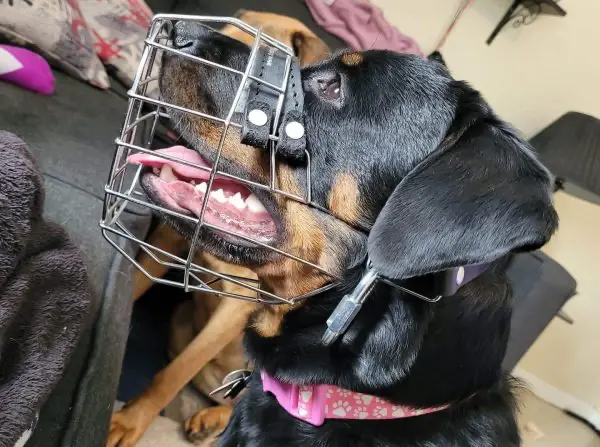
Rating: NNNNN
Copenhagen – Canada’s seal hunt came down with a major headache last week when a protesting Paul McCartney wandered out onto the ice floes of the St. Lawrence.
But despite his media splash, nothing is likely to sting the pelt business like the newly proclaimed boycott by one of its major customers.
Great Greenland, a furrier owned by the government of Greenland, officially a territory of Denmark, bought 15 per cent of Canada’s pelts last year.
But that was before the gory details hit the front pages. Cruel and unusual methods of hunting seals might be old news, but Danes were outraged when the country’s leading daily newspaper, Politiken, revealed in its January 6 issue the bloody details of Canada’s yearly seal cull in St. Lawrence Bay, Newfoundland.
Hunting can be brutal in the Bay, especially when death comes in the form of a baseball bat, an ice-pick or skinning. “It is deeply troubling that fur from Great Greenland can originate from a seal that has been skinned alive,” says Ole Munster, director of the Danish Animal Protection Institute.
Surprisingly, native rights activists there have joined the protest. “The Newfoundlanders are using nature as a slaughterhouse. It’s incomprehensible that Great Greenland should ruin its image by buying from Canada,” Greenland’s Aqqaluk Lynge, president of the Inuit Circumpolar Conference, told the media.
When I reach him, Lynge clarifies his objections. “The Inuit seal hunting tradition is based on sustenance and is practised year round. The Newfoundlanders’ hunt is a seasonal harvest.”
At first, Great Greenland director Michael Nielsen declared himself unwilling to “interfere with other countries’ hunting regulations.”
But after days of hand-wringing in the face of criticism by politicians, animal rights activists and consumers, the Greenland self-governing authority closed the case by imposing a ban on Canadian pelts for the state-owned fur company.
“The production of Great Greenland seal skins must be based on traditional Greenland hunting methods,” Prime Minister Hans Enoksen, told the press.
According to Great Greenland, the company doesn’t just sell seal fur it sells “the essence of Greenland’s nature and culture.” It has traditionally used pelts from Greenland’s Inuit hunters, who shoot rather than club the seals. But demand outstripped Inuit supplies four years ago, and Great Greenland turned to Canada.
Because of the lack of bullet holes, the Canadian pelts were considered to be of a higher quality. But now, the only Canadian pelts allowed will come from Nunavut, where sealers use the same methods as in Greenland.
Should animal rights activists declare victory? Perhaps. Greenland imported over 46,000 Canadian pelts in the first three-quarters of 2005.
“As a Canadian who has observed the commercial seal hunt at close range for seven years, I applaud the government of Greenland,” says Rebecca Aldworth, director of Canadian operations for the Humane Society of the United States.
But the boycott is also good news for Greenland’s seal hunters. The government giveth, and the government taketh away. Now Greenland’s native hunters fill the order for pelts that was going to Canada.
Biologists are still unsure if seals prefer to be shot or beaten to death. So aside from the seals, the only losers are Canadian hunters, who have to live with a dramatic drop in demand, and, of course, Canada’s reputation.
After all, who wants to be known as the guy down the block who clubs seals to death?
Victor Szulc is a Copenhagen-based journalist.
news@nowtoronto.com












